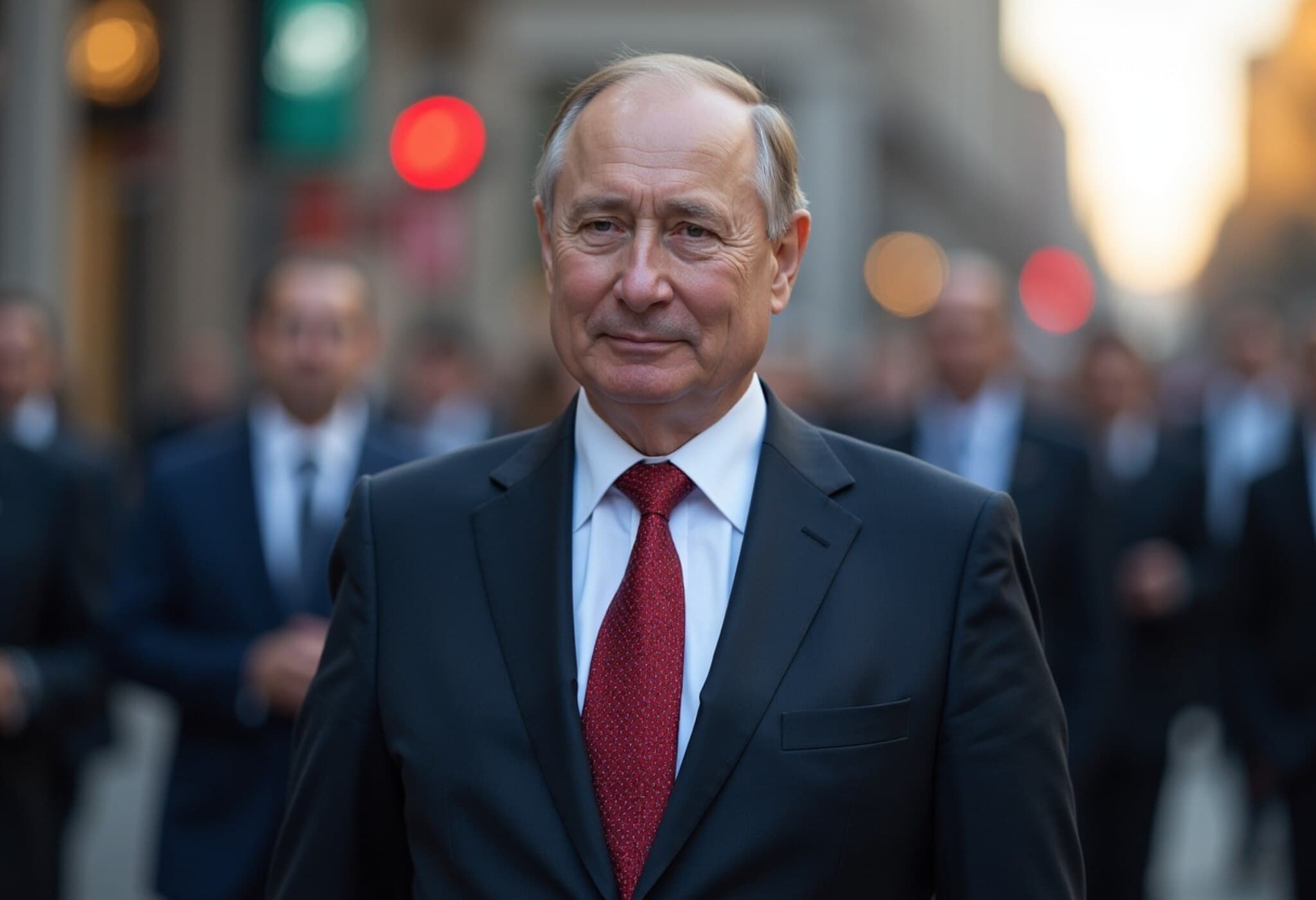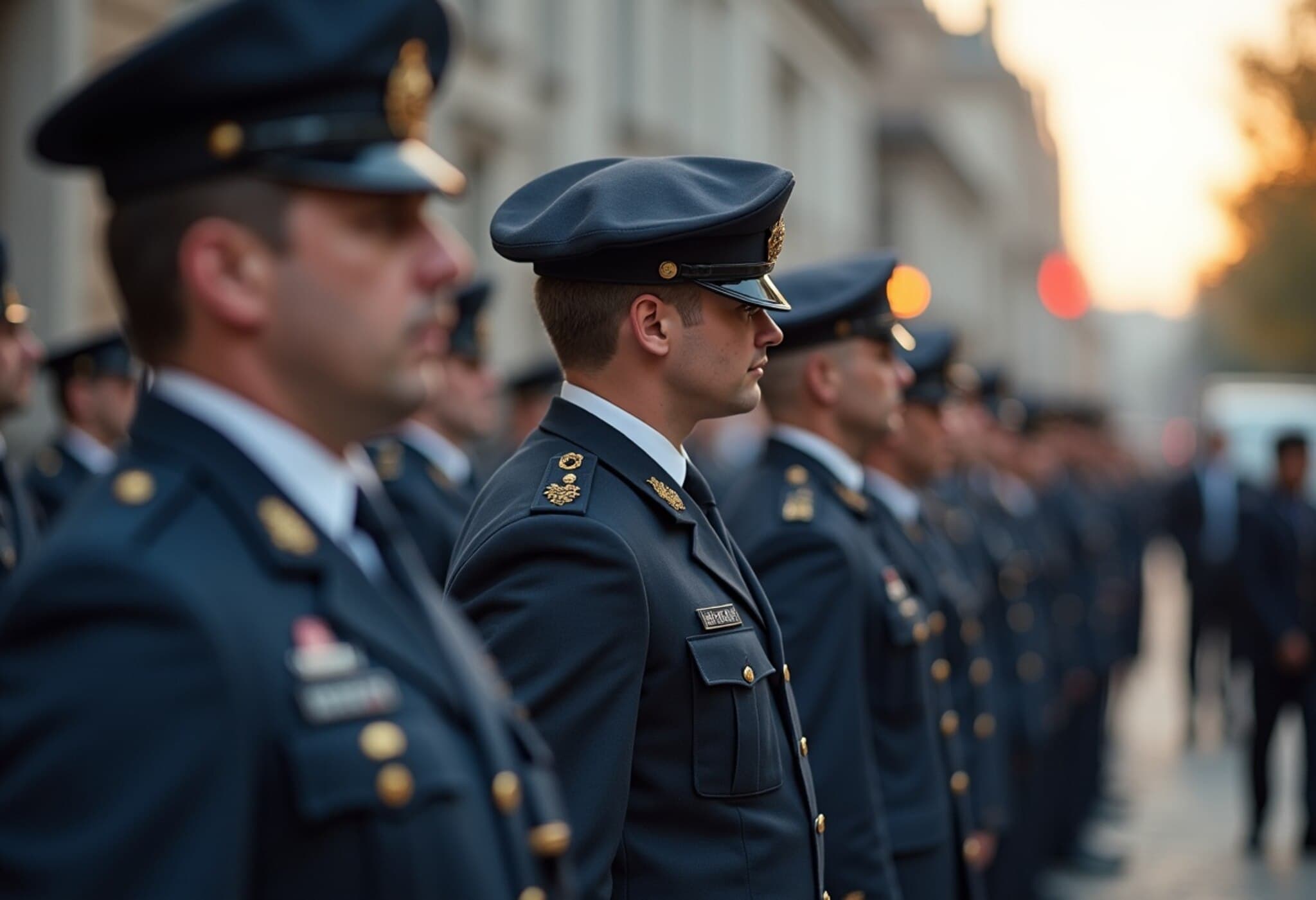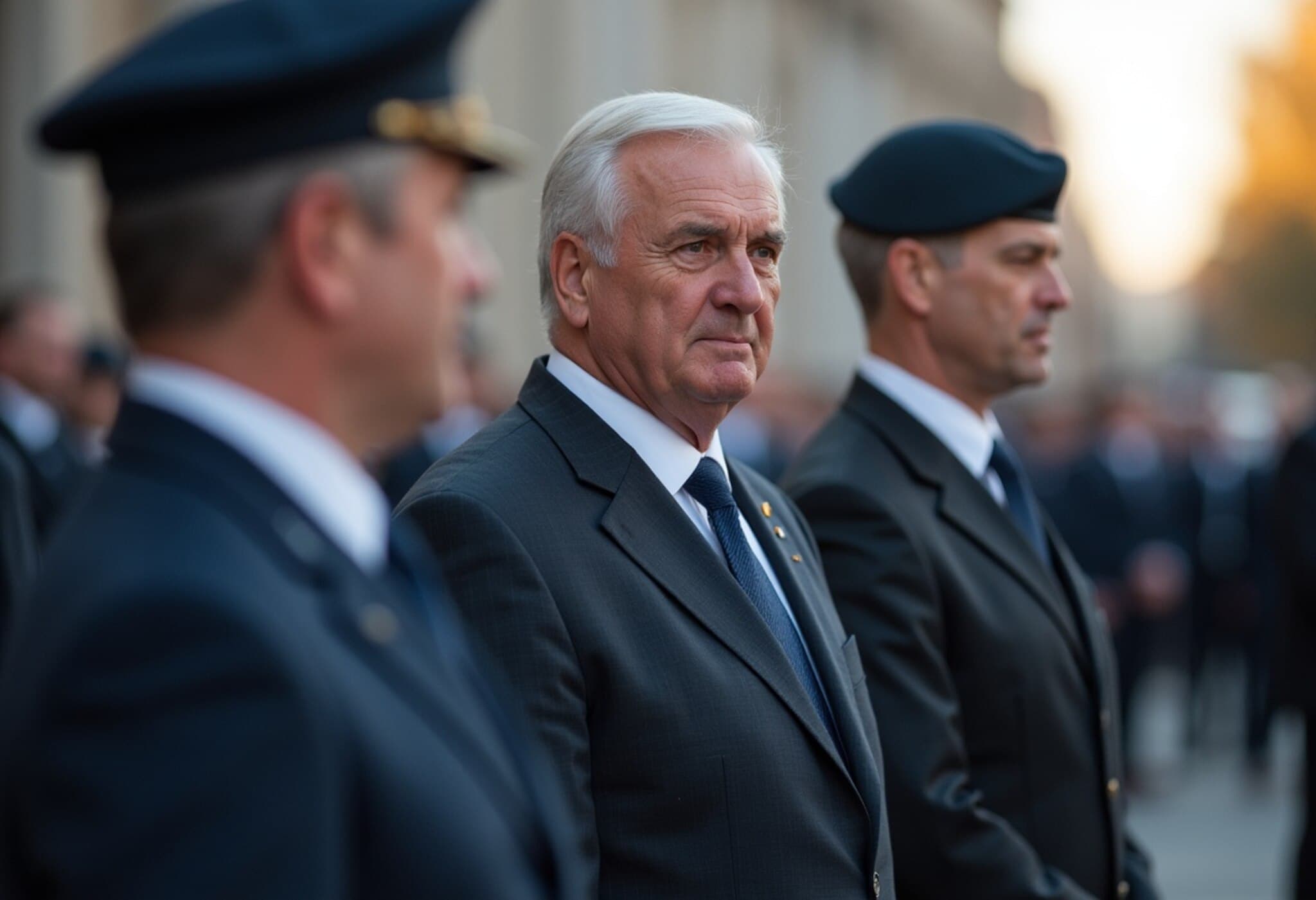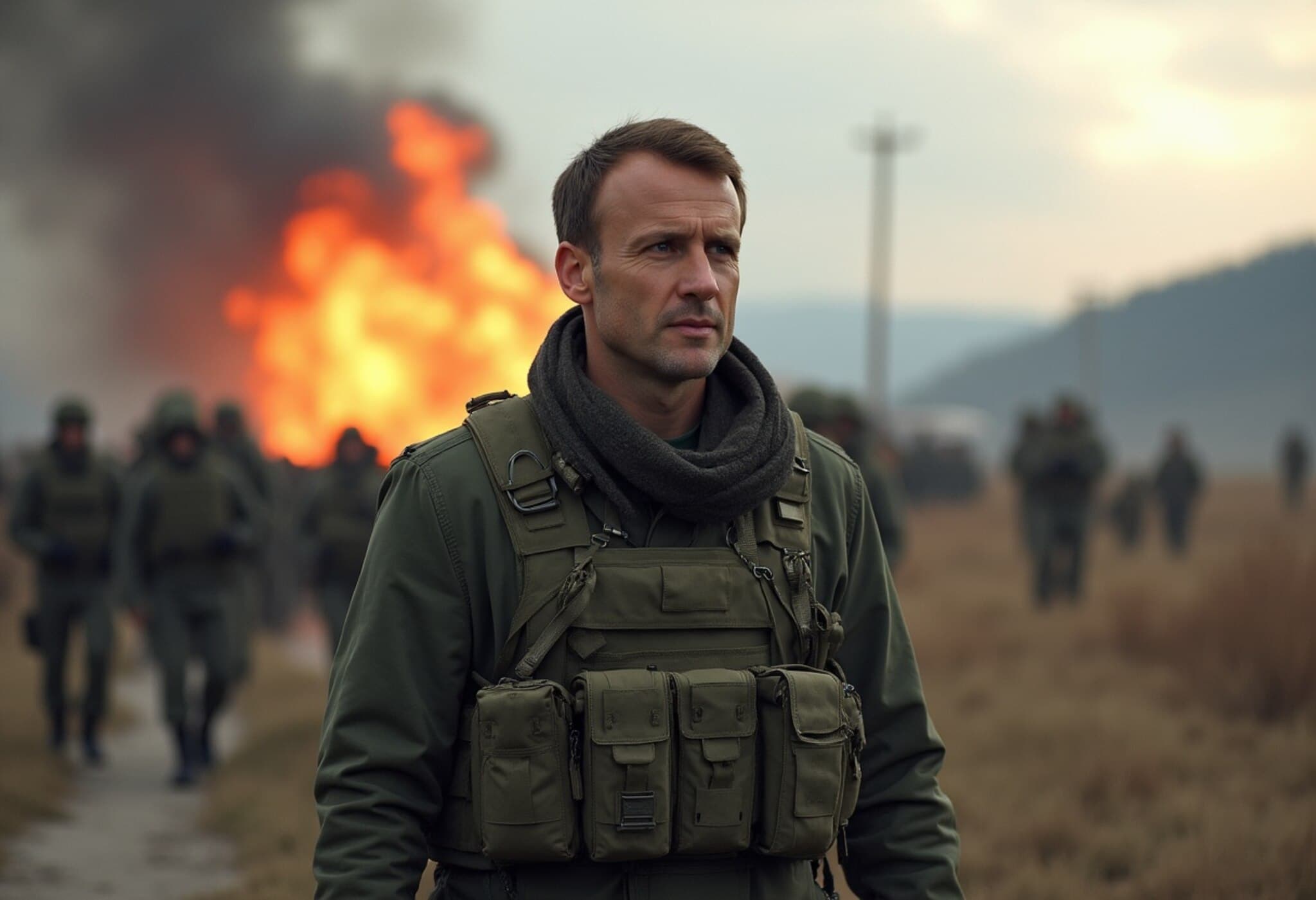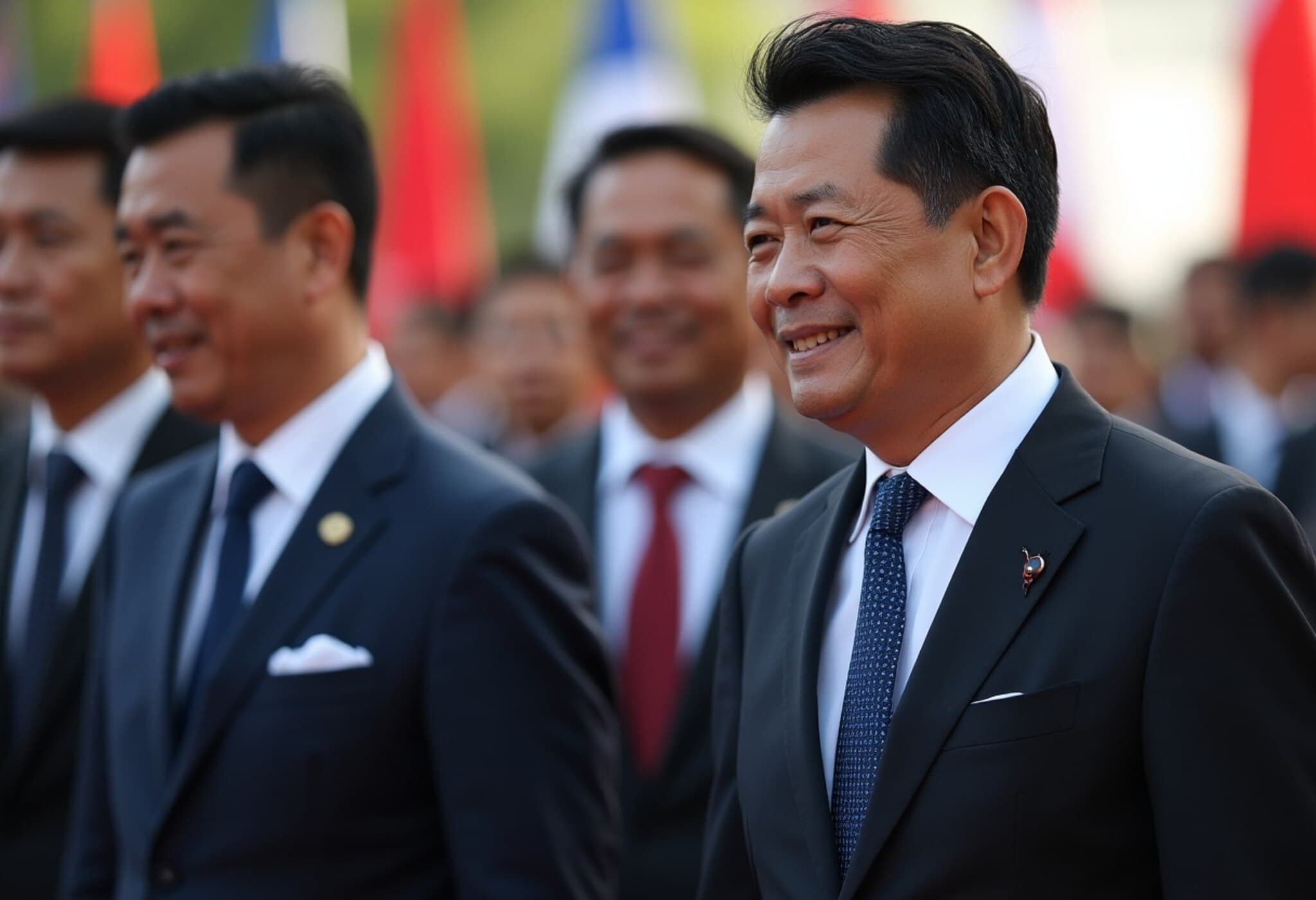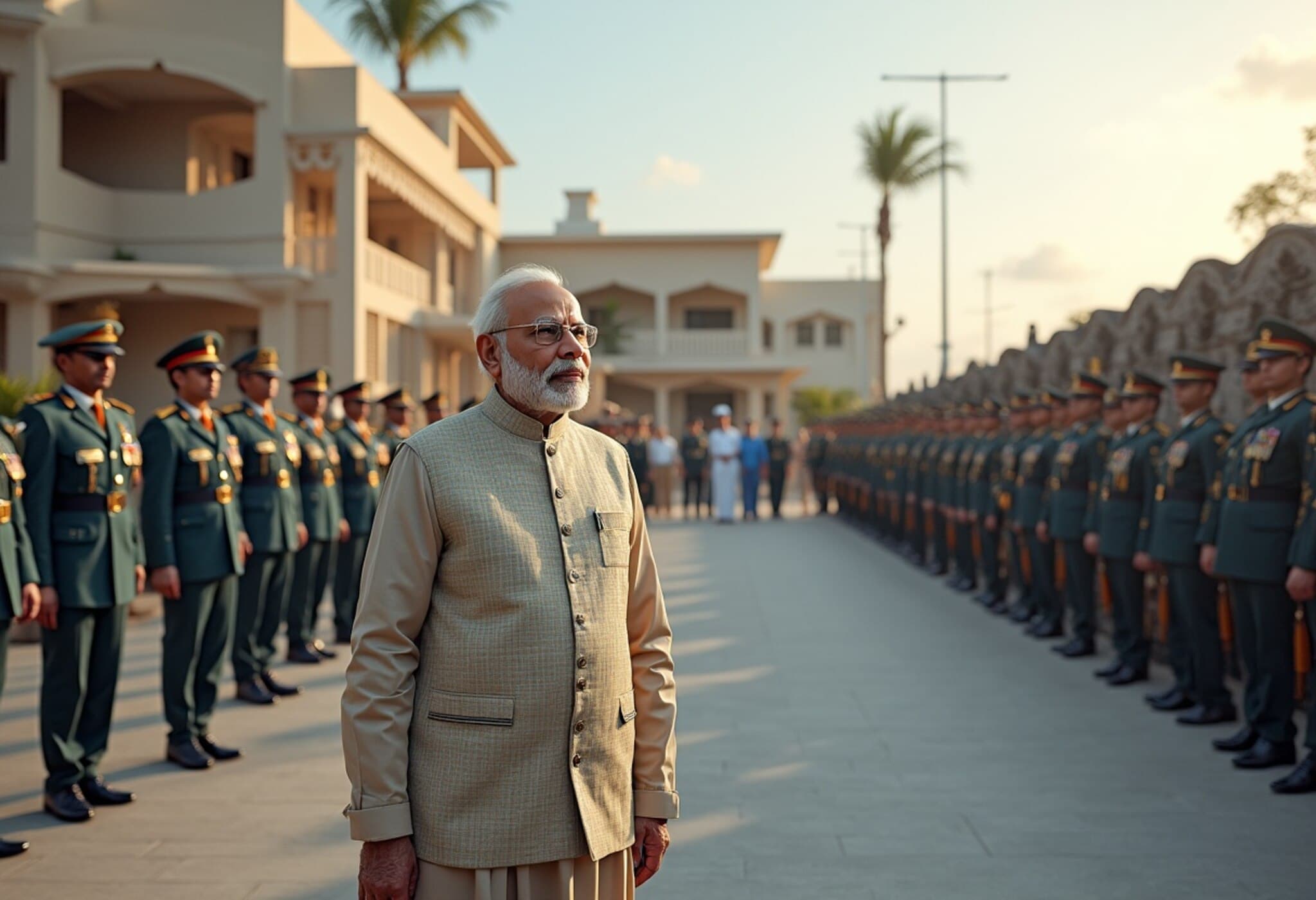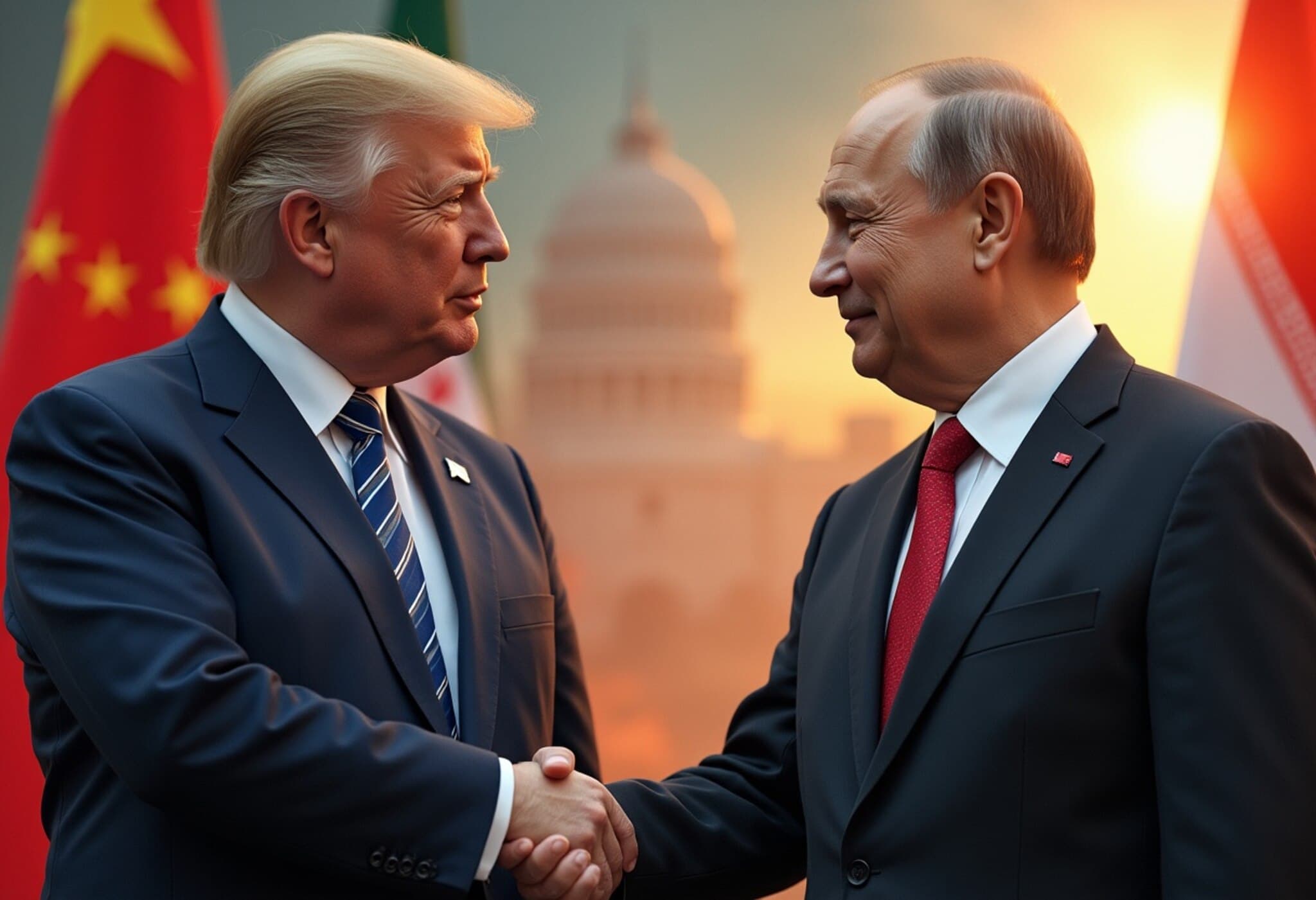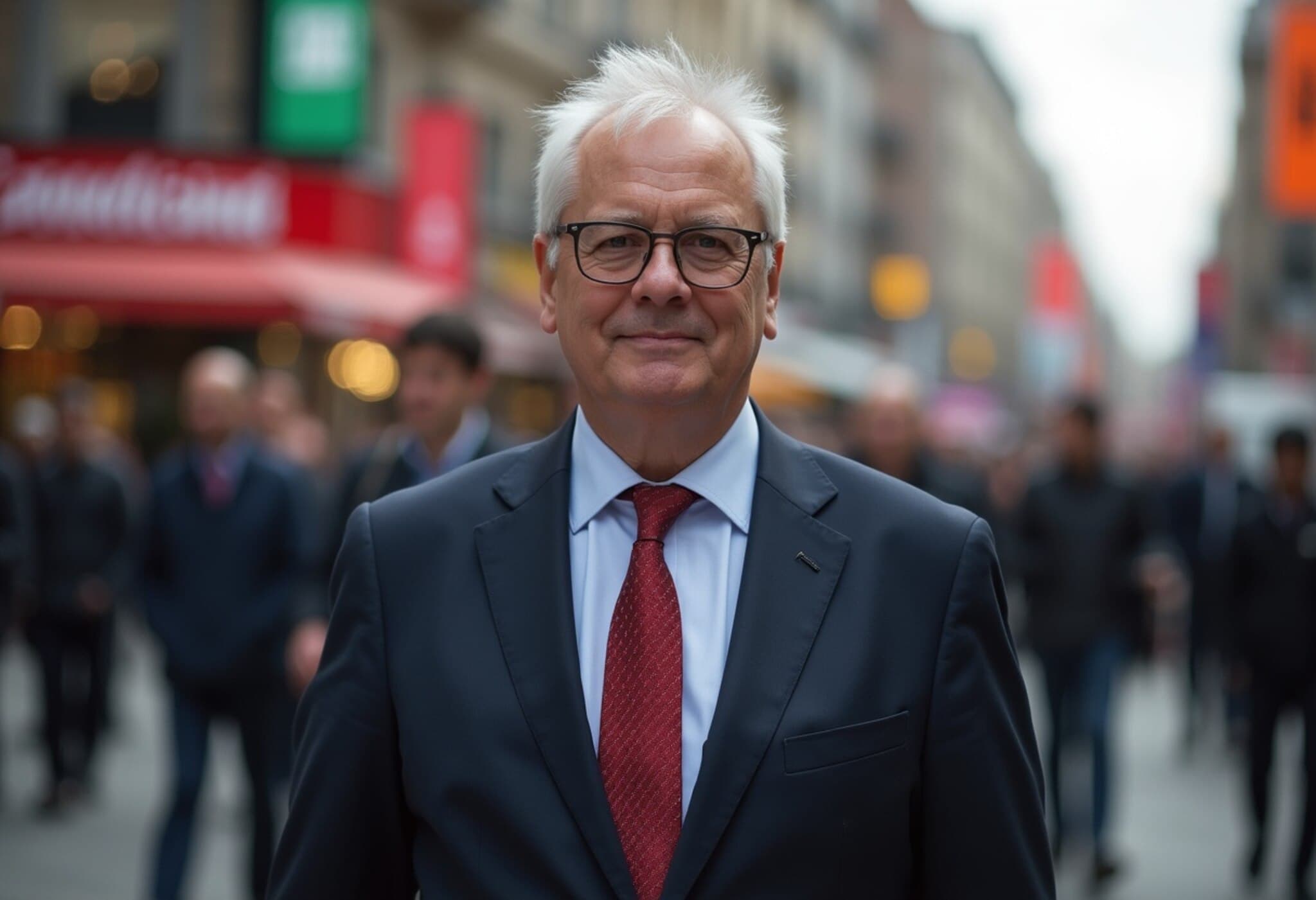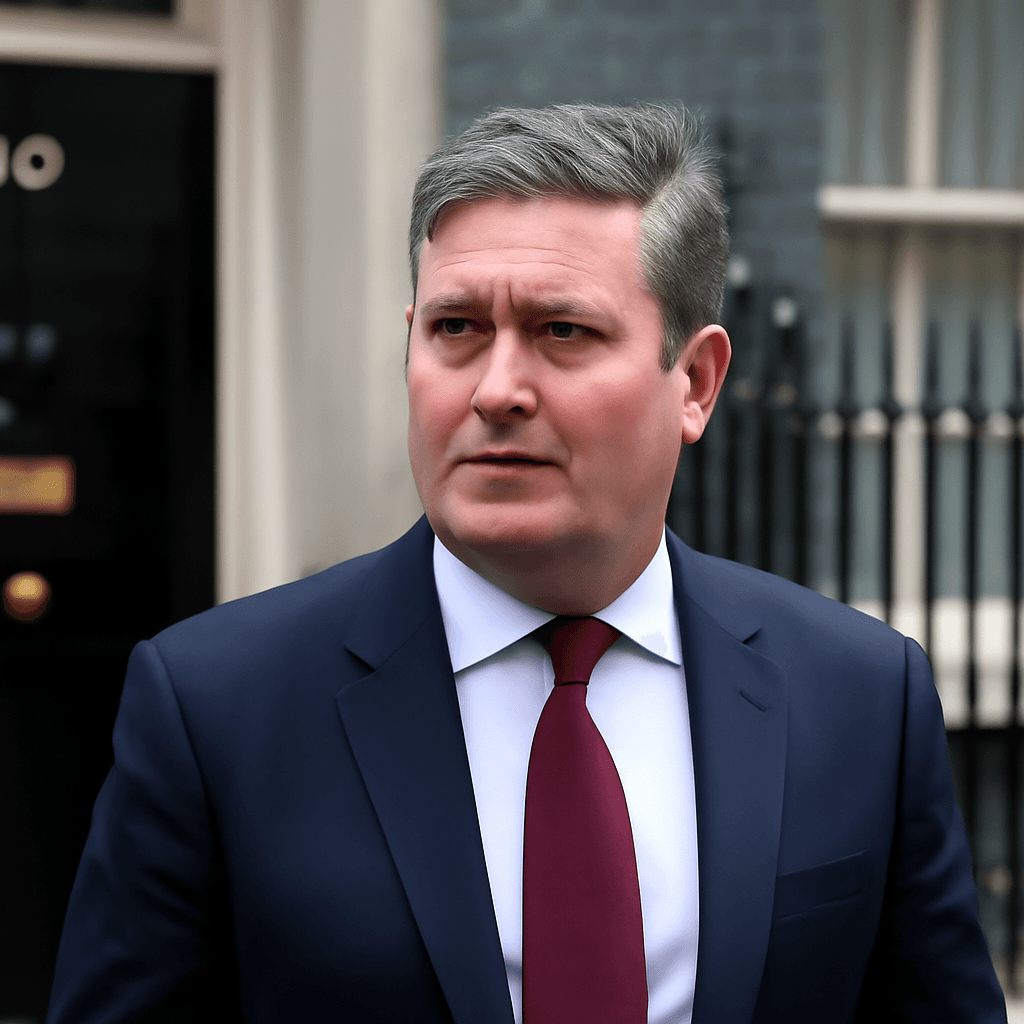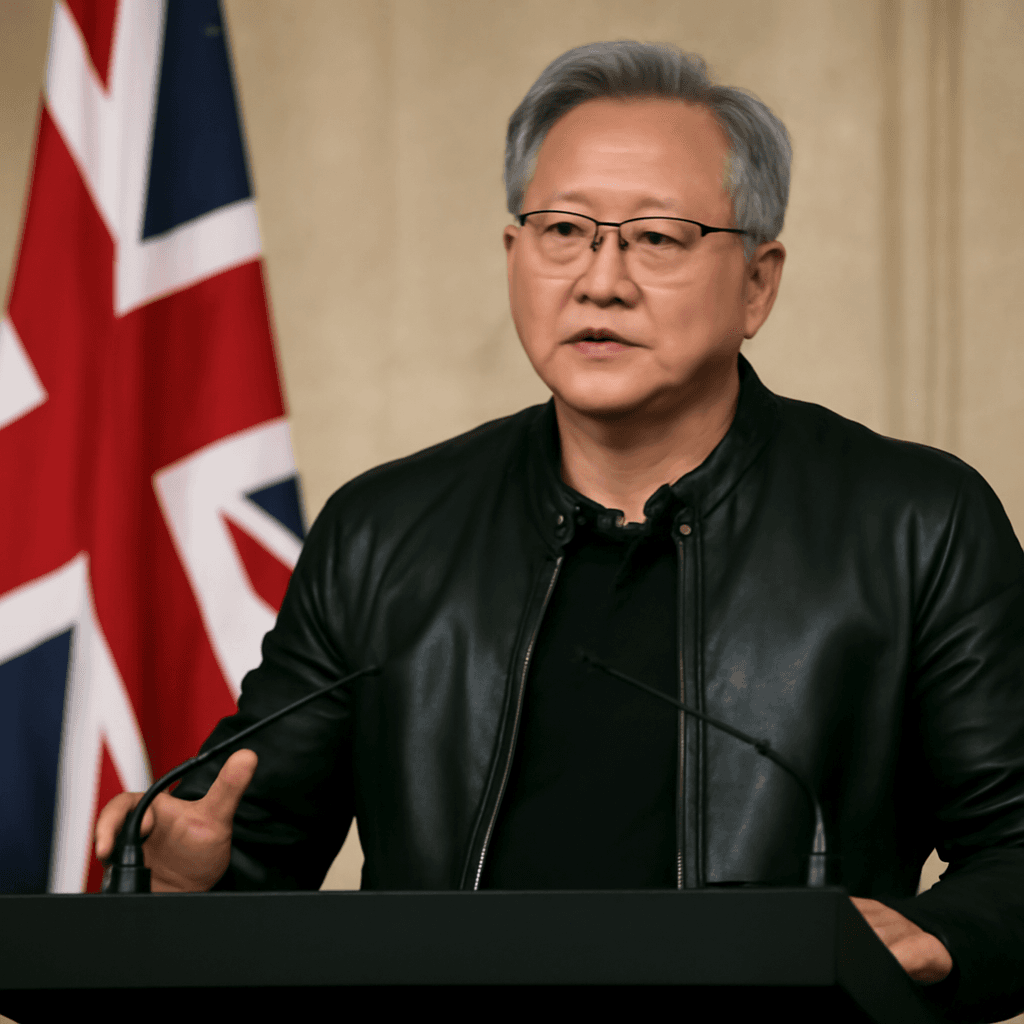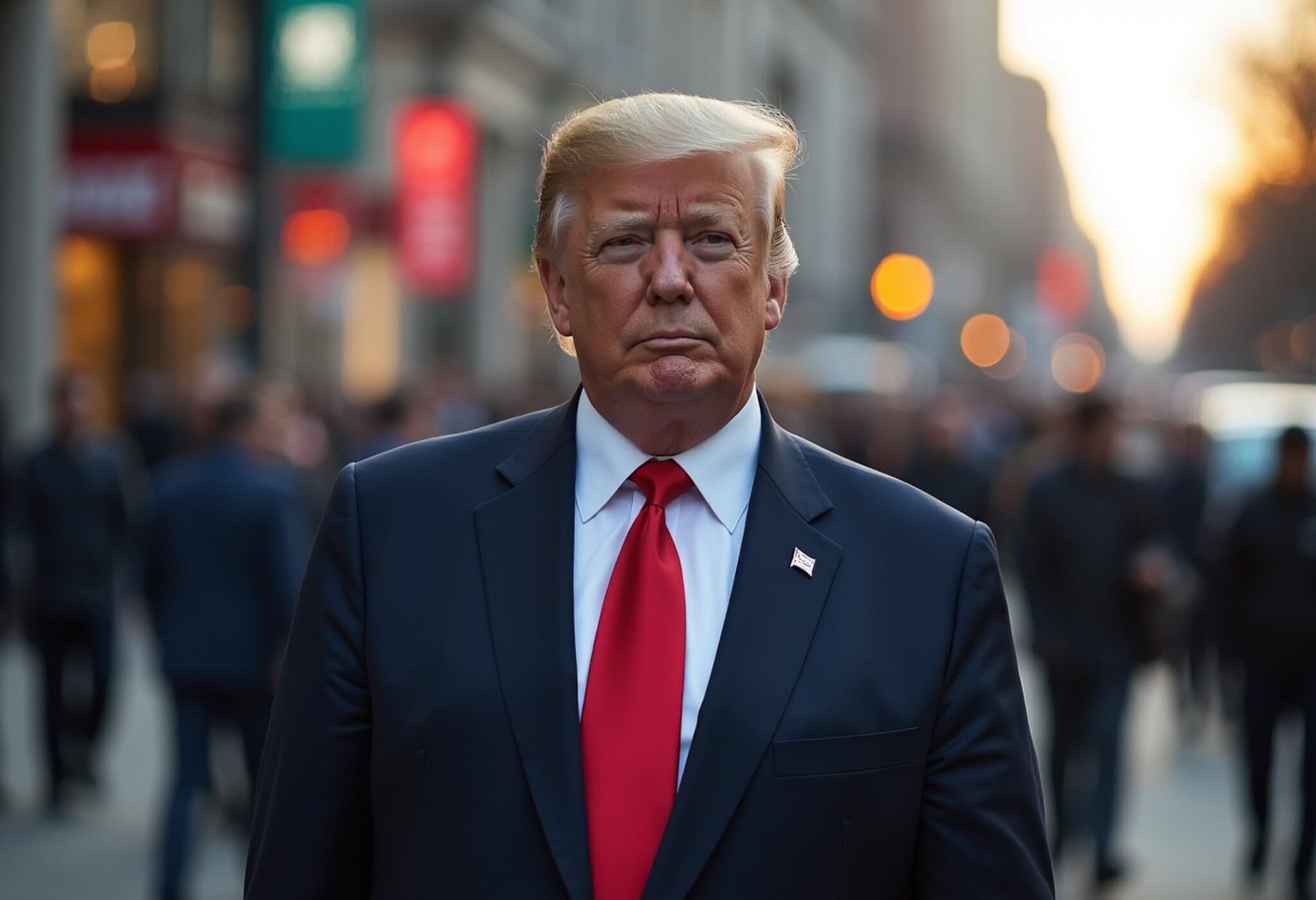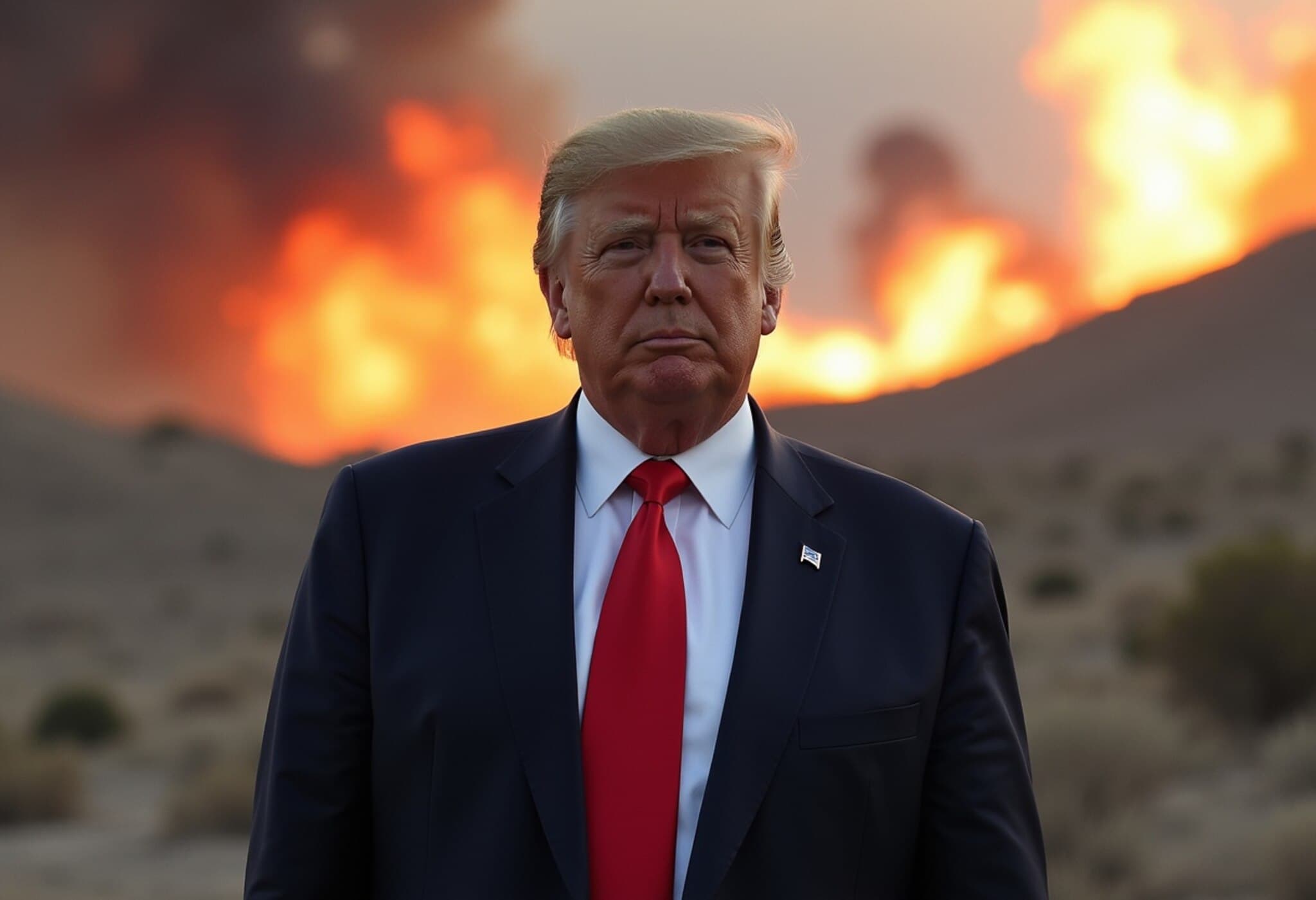UK Commits to Boost Defence Spending in Line with NATO Goals
On the eve of NATO's two-day summit in The Hague, UK Prime Minister Keir Starmer reaffirmed Britain's commitment to increasing its defence budget to 5% of its GDP by 2035. This move aligns the UK with NATO's broader agenda as the alliance sets ambitious spending targets for its members.
Ambitious Targets Set for Defence and Security Investment
Starmer emphasized the importance of adapting quickly to a world characterized by rapid change and uncertainty. "We must navigate this era of radical uncertainty with agility, speed and a clear-eyed sense of the national interest to deliver security for working people and keep them safe," he stated.
The UK plans to achieve the 5% GDP spending target gradually, with an interim goal of raising core defence expenditure to 2.5% by 2027 and reaching around 3% in the early 2030s.
NATO’s Framework and the US Influence
This spending commitment is part of a broader NATO agreement where member nations aim to allocate at least 3.5% of GDP toward core military capabilities by 2035, plus an additional 1.5% for security-related areas such as cybersecurity and infrastructure.
The deal responds to repeated calls from then-US President Donald Trump for NATO allies to significantly increase their defence budgets. It reflects the urgency among Western nations to strengthen their collective security against emerging threats.
A Crucial Step Toward Deterring Security Threats
NATO Secretary-General Mark Rutte described the 5% spending target as a "quantum leap"—an ambitious and fundamental milestone for ensuring the alliance's future security. The increased spending is viewed as vital for deterring aggression, particularly from Russia, amid ongoing geopolitical tensions.
Starmer underscored that this commitment not only enhances the UK's military capabilities but also fortifies the broader security and resilience of the nation, highlighting the strategic importance of deepening Britain's dedication to NATO.


